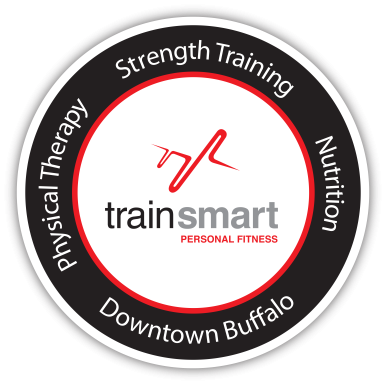Eat The Colors Of The Rainbow
"Vegetables (and some fruits) in a wide range of deep colors should make up
most of your diet. Intense color indicates loads of phytonutrients, biologically
active substances that protect plants from viruses and bacteria - and offer similar
benefits to humans"
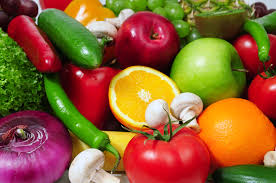
My initial reaction to this excerpt of the book, The New Health Rules, was something like "come-on, you must be kidding? Of Course, everyone knows to eat the rainbow of colors available to them, give us a little more credit than that." Maybe you had a similar thought because it is so simple; too simple possibly.
So how many fruit and veggies do you eat in your daily meal plan? And when you do, are they the same ones day in and day out? Vegetables and fruits are the forerunners in whole foods and good health!
What I know for sure: Eating more variety will allow you to take in a much broader range and depth of the vitamins and mineral offered by these foods. Your body will love you for it!
Here is a summary of color and nutrients that you may want to peruse, and a few veggies in that category.
White - has antioxidant properties called anthoxanthins. May be a good source of potassium, vitamin C, folate, niacin and riboflavin.
Onion, garlic, mushrooms, white nectarines, Parsnips, bananas, white peaches, turnips, and parsnips.
Orange and Yellow - This color is created by the existence of carotenoids. Carotenoids have a compound called beta carotene, and that helps our body create vitamin A. In addition to that, these colors contain folate, flavonoids, lycopene, vitamin C, and potassium.
Squash, cantaloupe, mangoes, lemon, grapefruit, sweet potatoes, yellow tomatoes, peaches, carrots, yellow pears, pumpkins, persimmons, and orange or yellow peppers.
Red, Purple and Blue - Red fruits and veggies often have lycopene. Red, Purple and Blue have antioxidants called Anthocyanins. This category contains folate, vitamin C, vitamin A and minerals.
Blackberries, strawwberries, tomatoes, watermelong, red apples, radicchio, beets, belgian endive, purple carrots, red onion, cherries, eggplant, purple cabbage and pomegranates.
Green - This is my favorite food group. The green color comes from chlorophyll. Chlorophyll is life giving and has a chemical composition very similar to human blood. To get the most nutrients available from chlorophyll it should be cooked at low temps or eaten raw as cooking can destroy it's composition. Greens also have folate, fiber, vitamin c, calcium, lutein and zeaxanthin, along with a few other awesome vitamins and minerals.
Broccoli, green beans, okra, lime, peas, leeks, lettuce, swiss chard, cucumbers, zucchini, leafy greens, watercress, spinach, brussels sprouts to name a few.
The point being that each food brings it's own unique nutrient value. Yes, it may overlap with another, but each one is unique, and offers more of or less of something that another doesn't. For instance red tomatoes are known for being high in lycopene, vitamin C, Vitamin A and Potassium, but a red pepper actually has more vitamin C, more Vitamin A, and contains an alkaloid compound called capsaicin (and that contains a good range of B vitamins), however red peppers don't contain lycopene. So you can see that by combining those veggies or eating tomatoes today and red peppers the next not only will you develop your palate, but you will introduce different vitamins and mineral into your body in different concentrations that can only help in making you healthier.
What Pam Proposes: Take the kids or the spouse, and walk through the produce department where you shop. Do this at a separate time from your actual grocery shopping. Take a look around and see what fruits or veggies you have never tried. If you see a fruit or veggie that you like the look of, but have never tried, maybe now is the time to buy one, take it home and have fun finding out about it. You can google the item or ask someone in the produce department about it. Continue to experiment in this way until you have added at least 1 new veggie and 1 new fruit to your weekly shopping list each month. If you have small children, continue to do this to help them develop a good palate for healthy food. It is so pleasurable to be around children who eat more than macaroni and cheese and cupcakes! What do you think? What new fruit or veggie have you tried recently that you never had before? What was that experience like for you? Have you continued to explore your healthy options? 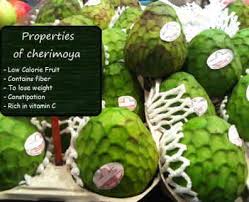 A fruit I tried that was new to me in the last couple years was a cherimoya. It is delicious and nutritious, and it tastes like pudding, so I treat myself to a couple every so often. A veggie I have added to my list is Kabocha winter squash. It's not out in the markets for a very long season, but when it is I use it in a lot of recipes because it so delicious.
A fruit I tried that was new to me in the last couple years was a cherimoya. It is delicious and nutritious, and it tastes like pudding, so I treat myself to a couple every so often. A veggie I have added to my list is Kabocha winter squash. It's not out in the markets for a very long season, but when it is I use it in a lot of recipes because it so delicious. 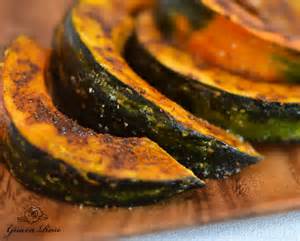 I've been eyeing the Dragon fruit for a while now so I guess that is what's next for me to try. It is supposed to have the taste of a pear and kiwi combined. Sounds interesting. It's cool looking too!
I've been eyeing the Dragon fruit for a while now so I guess that is what's next for me to try. It is supposed to have the taste of a pear and kiwi combined. Sounds interesting. It's cool looking too! 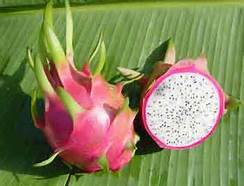
 Pam TrainSMART
Pam TrainSMART
